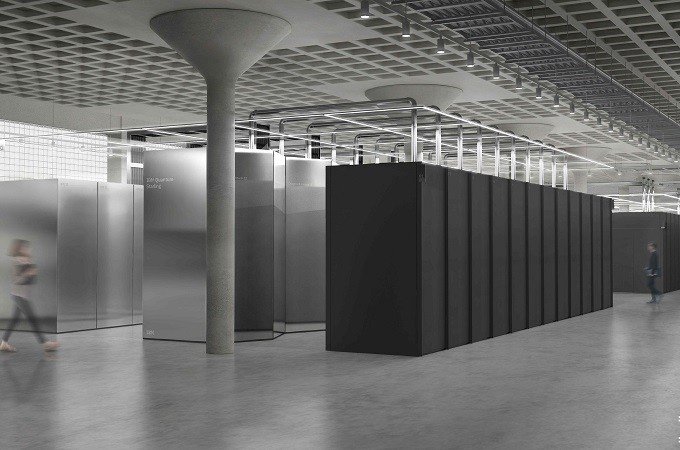IBM has announced its ambitious roadmap to build the world’s first large-scale, fault-tolerant quantum computer, named IBM Quantum Starling, set for delivery in 2029. Housed in a new Quantum Data Center in Poughkeepsie, New York, Starling will deliver computational power 20,000 times greater than today’s quantum machines.
Representing the quantum state of Starling would require memory surpassing more than a quindecillion (10^48) of the world’s most powerful supercomputers combined. The platform will enable users to fully explore quantum states far beyond current access limitations.
IBM’s roadmap introduces practical architectures for fault-tolerant quantum computing, incorporating hundreds to thousands of logical qubits—error-corrected units built from clusters of physical qubits. Logical qubits drastically reduce error rates, enabling the execution of hundreds of millions to billions of quantum operations crucial for breakthroughs in drug discovery, materials science, chemistry, and optimization.
Starling aims to perform 100 million quantum operations with 200 logical qubits, paving the way for IBM Quantum Blue Jay, designed for 1 billion operations using 2,000 logical qubits.
IBM’s new technical papers detail innovations in qLDPC codes for efficient operation execution and real-time error decoding using conventional computing, addressing key challenges in fault tolerance, modular scalability, and energy-efficient quantum computing.
Arvind Krishna, IBM’s CEO, stated, “Our expertise in mathematics, physics, and engineering is charting the next frontier in quantum computing—unlocking immense possibilities for solving real-world challenges.”
















Great – I should certainly pronounce, impressed with your site. I had no trouble navigating through all tabs and related info ended up being truly simple to do to access. I recently found what I hoped for before you know it at all. Reasonably unusual. Is likely to appreciate it for those who add forums or something, web site theme . a tones way for your customer to communicate. Excellent task..
Hmm it looks like your website ate my first comment (it was super long) so I guess I’ll just sum it up what I had written and say, I’m thoroughly enjoying your blog. I too am an aspiring blog blogger but I’m still new to the whole thing. Do you have any points for inexperienced blog writers? I’d genuinely appreciate it.
I loved as much as you’ll receive carried out right here. The sketch is attractive, your authored subject matter stylish. nonetheless, you command get bought an impatience over that you wish be delivering the following. unwell unquestionably come further formerly again as exactly the same nearly very often inside case you shield this hike.
Only a smiling visitor here to share the love (:, btw great layout.